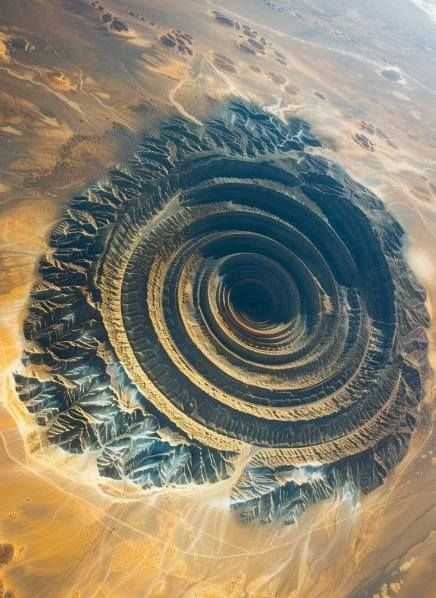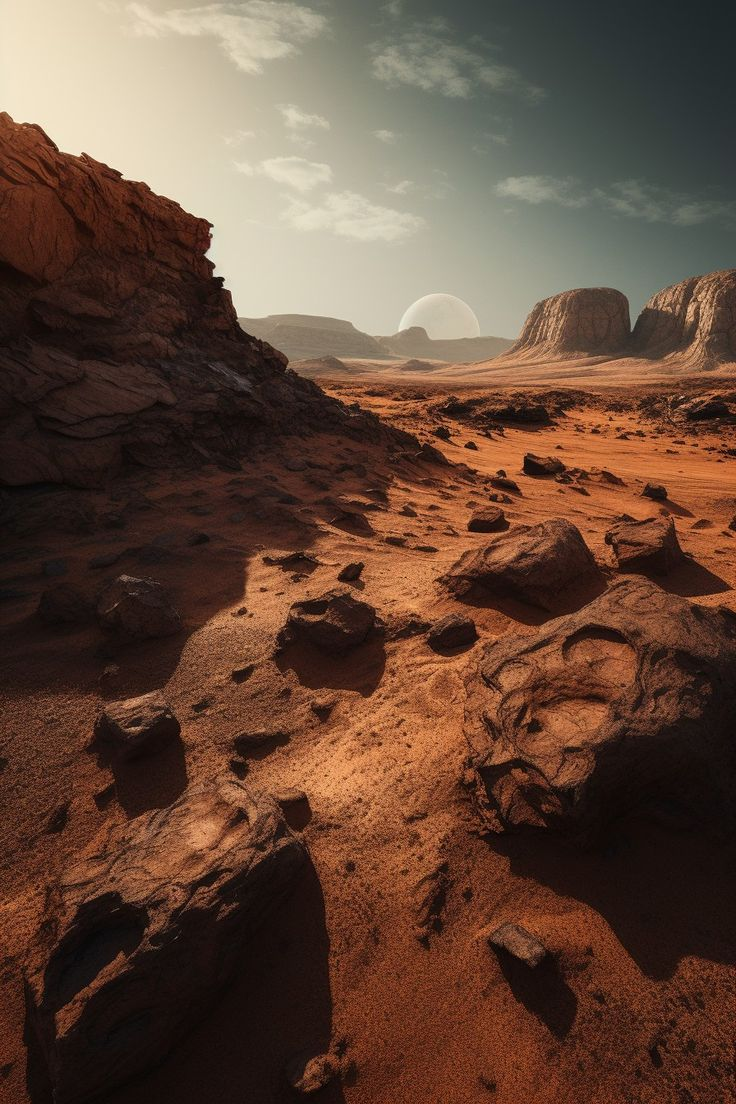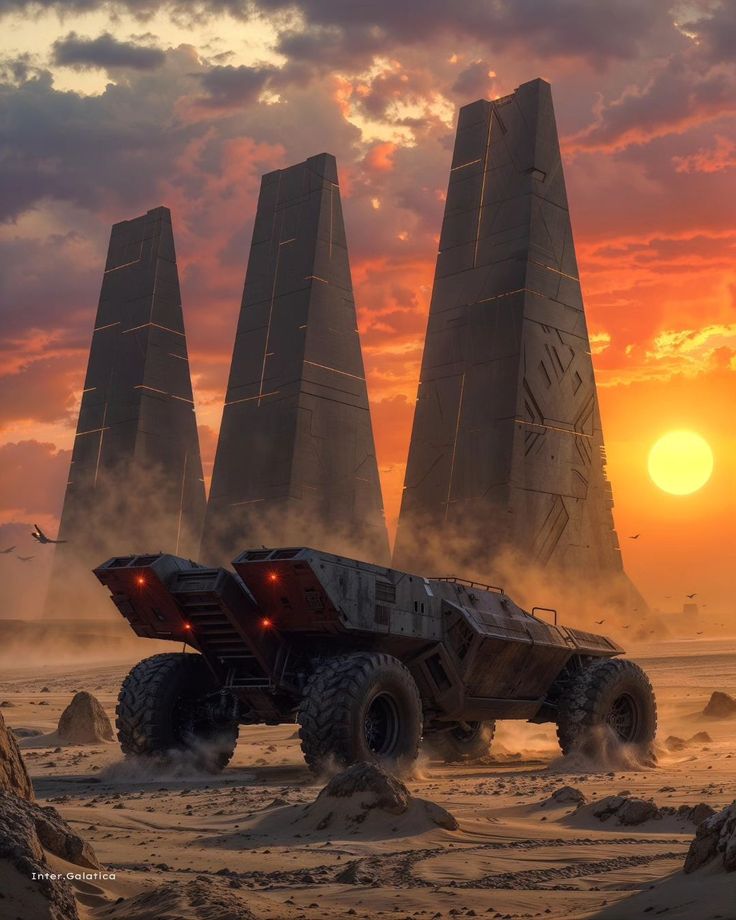The Majestic Ringed Planet
Saturn, the sixth planet from the Sun, is a gas giant renowned for its stunning ring system. It is the second-largest planet in the solar system and is primarily composed of hydrogen and helium. Saturn’s unique features, diverse moons, and dynamic atmosphere make it a focal point for planetary science and exploration.

1. Atmosphere:
Saturn’s atmosphere is thick, layered, and dynamic, resembling Jupiter’s in many ways but with distinct characteristics:
Composition: Mostly hydrogen (96%) and helium (3%), with traces of methane, ammonia, and water vapor.Bands and Zones: Similar to Jupiter, Saturn’s atmosphere features bands of clouds created by fast winds and temperature differences.Hazy Appearance: The upper atmosphere contains ammonia crystals and complex hydrocarbons, giving Saturn a yellowish hue.Winds: Winds can reach speeds of up to 1,800 km/h (1,118 mph), making Saturn’s atmosphere one of the fastest-moving in the solar system.
2. Geological Features:
Saturn lacks a solid surface, but its internal structure and unique features make it geologically fascinating:
- Core: Likely composed of rock and metal surrounded by a thick layer of metallic hydrogen.
- Rings: Saturn’s iconic ring system consists of countless ice particles, rock fragments, and dust, spread across seven main rings and numerous smaller ones.
- Moons: Saturn has over 80 known moons, including Titan, Enceladus, and Iapetus, each with unique geological and atmospheric features.
- Magnetosphere: Saturn’s strong magnetic field generates auroras and protects its moons from solar radiation.


3. Ecosystem:
Saturn does not have an ecosystem due to its lack of a solid surface and extreme conditions. However, some of its moons show potential:
Titan: The largest moon, with a thick atmosphere of nitrogen and methane, features lakes and rivers of liquid hydrocarbons, sparking interest in prebiotic chemistry.Enceladus: Known for its subsurface ocean and geysers ejecting water vapor and organic materials, Enceladus is a prime candidate for microbial life.Habitability Potential: While Saturn itself cannot support life, its moons hold promise for future exploration of extraterrestrial life.
4. Weather:
Saturn’s weather systems are dynamic and extreme:
- Storms: Massive storms and hexagonal jet streams at the poles are unique to Saturn. The north pole features a mysterious hexagonal-shaped storm system.
- Cloud Patterns: The planet exhibits fast-moving cloud patterns, driven by its rapid rotation and internal heat.
- Temperature: Extremely cold, with average temperatures of -178°C (-288°F), though the planet radiates more heat than it receives from the Sun.
- Seasonal Changes: Due to Saturn’s 27° axial tilt, its rings and poles undergo seasonal changes, with each season lasting over seven Earth years.


5. Inhabitation:
Saturn itself is uninhabitable, but its moons present intriguing possibilities:
Challenges on Saturn:
- No solid surface and extreme atmospheric pressure.
- Cold temperatures and lack of breathable air or liquid water.
- Harsh winds and turbulent storms.
Exploration and Prospects:
- Titan’s thick atmosphere and organic chemistry may offer insights into early Earth-like conditions.
- Enceladus’s geysers and subsurface ocean make it one of the most exciting locations in the search for life.
- Missions like the Cassini-Huygens spacecraft have provided invaluable data, and future missions aim to study these moons further.
Saturn is a planet of beauty and complexity, offering a glimpse into the dynamics of gas giants and the potential for life on its icy moons. Its majestic rings and unique features continue to inspire awe and curiosity, serving as a reminder of the vast diversity within our solar system.